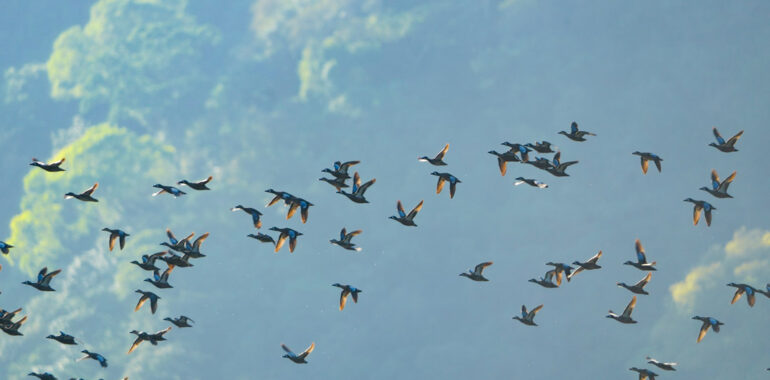Bird Migration is an annual event that occurs when millions of birds undertake a long and risky journey from their breeding to wintering grounds and vice versa. Such a journey takes place on routes that birds have already established from north to south and south to north. In addition, many of the bird species travel at night, when the wind currents are gentler and when these animals can look at both the moon and the stars for orientation.
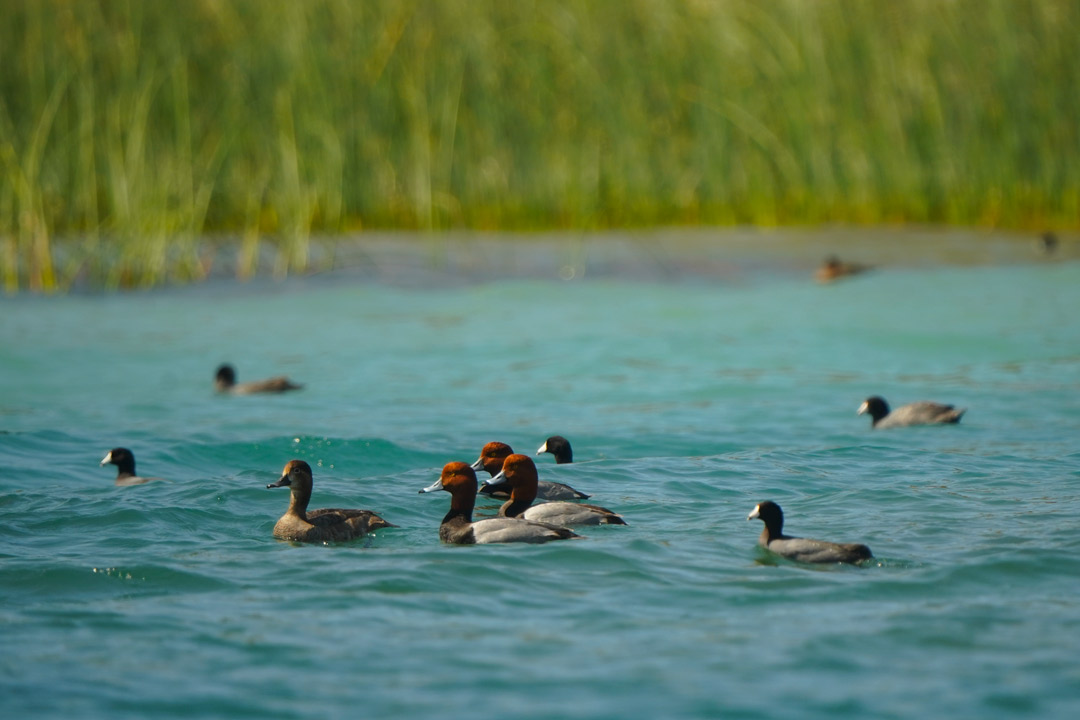
Read-head duck (Aythya americana) in La Isla, Santiago La Laguna.
February 13, 2024; Lake Atitlán. Photo by Brandon Hidalgo.
On such a mighty phenomenon, Guatemala has great importance for hundreds of the traveler birds. This is due to the availability of different ecosystems and natural areas in the country, where these feathered pilgrims can establish themselves. In the same way, many inhabit these ecosystems just temporarily through transitory stops, when they can rest and obtain food to then continue almost immediately with their relocation.
In that sense, the arrival of migratory birds to Guatemalan territory occurs mainly in September and October. Later on, their return journey happens between March and April, coinciding with the end of winter in more northern latitudes.
Did you know that from the 758 bird species that are recorded in Guatemala, approximately 240 are migratory?
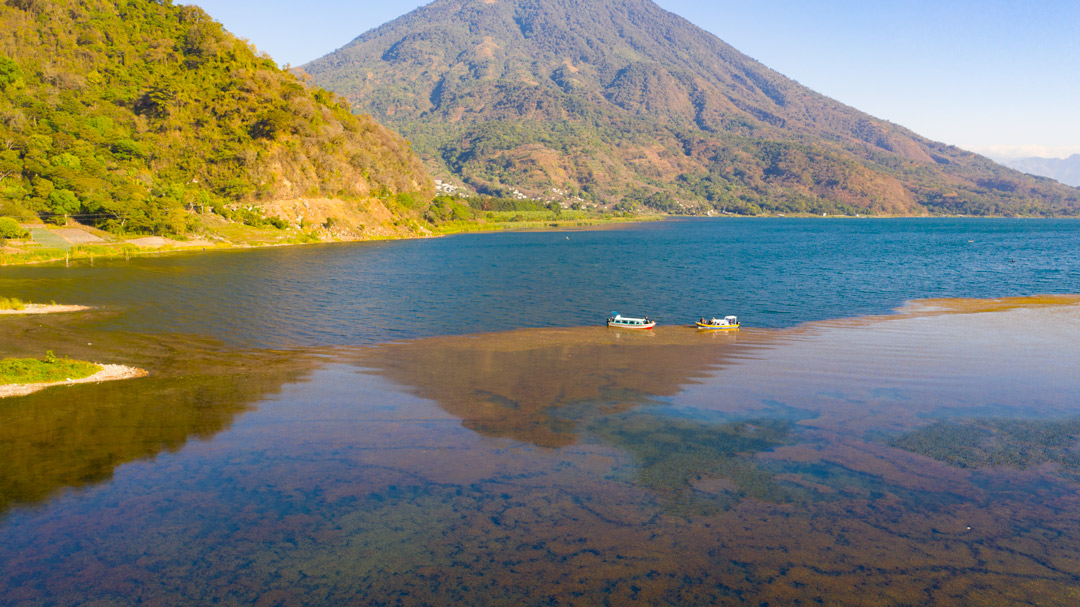
Shallow waters with dense aquatic vegetation at Santiago La Laguna.
February 13, 2024; Lake Atitlán. Drone photo by Brandon Hidalgo.
One of many Guatemala’s hotspots to observe various bird species as they temporarily arrive in the region is Atitlán. In that regard, most of the birds that are found here come from the northern hemisphere, but some also come from the south. Majestic Lake Atitlán, specifically, serves as a refuge where they can find both shelter and food.
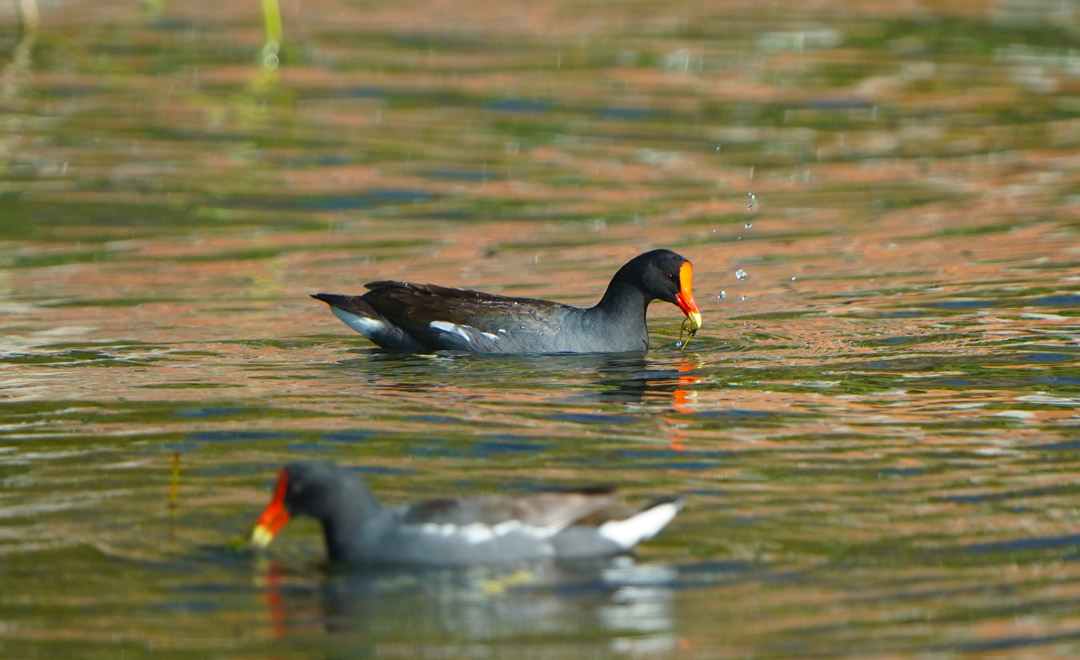
Common moorhen (Gallinula chloropus) feeding in San Marcos La Laguna.
Februrary 12, 2024; Lake Atitlán. Photo by Maria Alejandra Gutierrez.
With that in mind, the FLAAR Mesoamérica expedition team, in collaboration with the Vivamos Mejor Association, made a trip in February 2024 to Lake Atitlán to document the migratory species of this lacustrine ecosystem. Vivamos Mejor, which is dedicated to raise environmental awareness in the department of Sololá, worked out a two-day expedition on which they would carry out an aquatic bird census. Furthermore, their objective would be to record the number of species and individuals that were in the lake, whereas the FLAAR Mesoamérica team would focus on photo documentation.

Osprey (Pandion haliaetus) in La Isla. February 13, 2024; Lake Atitlán.
Photo by Brandon Hidalgo.
Thereby, on February 12, 2024, both teams set sail together at 6:00AM from Panajachel, and navigated the entire northern and eastern coasts of Lake Atitlán (see Map 1). Among the visited locations were Río Quiscab ‘s rivermouth, Santa Cruz La Laguna, San Marcos La Laguna, San Pablo La Laguna, Las Cristalinas beach, San Juan La Laguna, and San Pedro La Laguna.
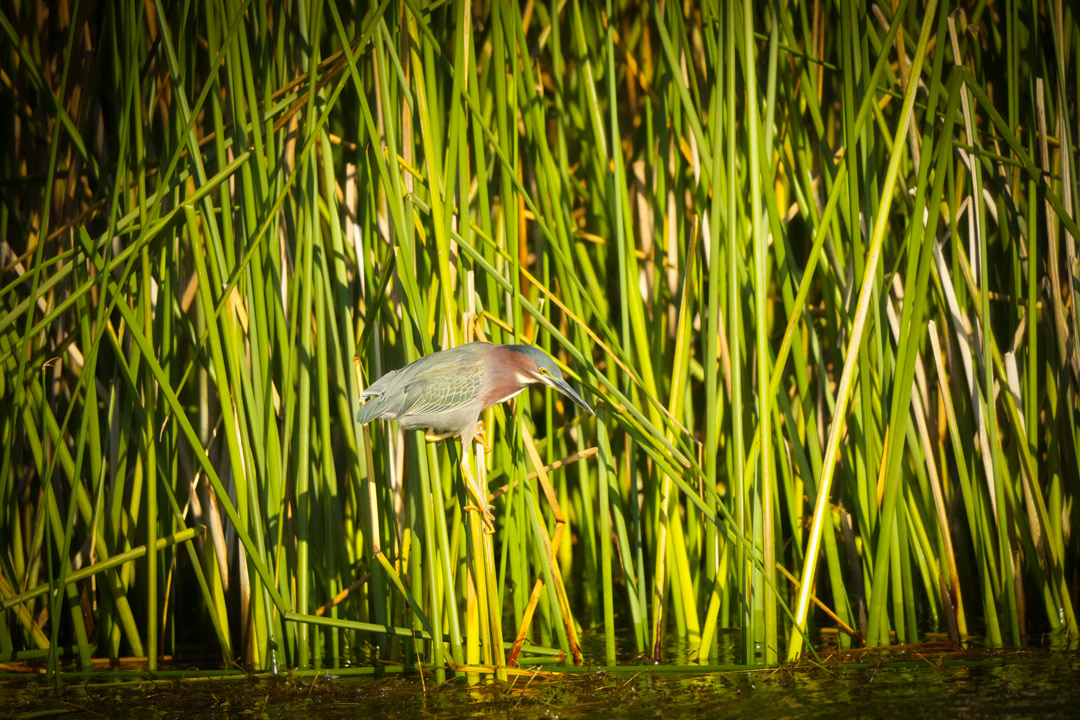
Green heron (Butorides virescens), in San Marcos La Laguna.
February 12, 2024; Lake Atitlán. Photo by Maria Alejandra Gutierrez.
The second documentation day was carried out on February 13, 2024. This time, the whole team set sail at 5:00AM from Panajachel, and headed to the exact point where the first day’s expedition ended, in San Pedro La Laguna. Then, the team navigated the southern and western coasts of the lake (see Map 1) which included the following locations: Santiago La Laguna, La Isla, Cerro de oro, and San Lucas Tolimán. Finally, the team returned to Panajachel, going through the shores of San Andrés Palopó and Santa Catarina Palopó.
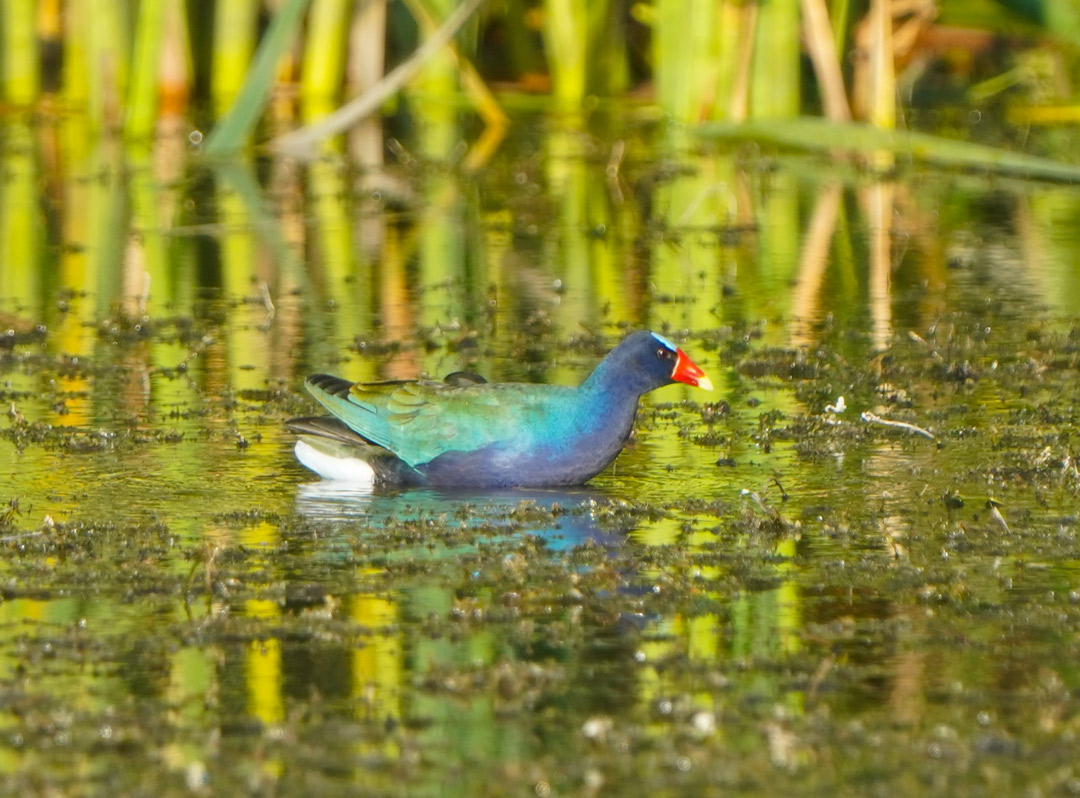
A Purple gallinule (Porphyrio martinica), in Santiago La Laguna.
February 13, 2024; Lake Atitlán. Photo by Brandon Hidalgo.
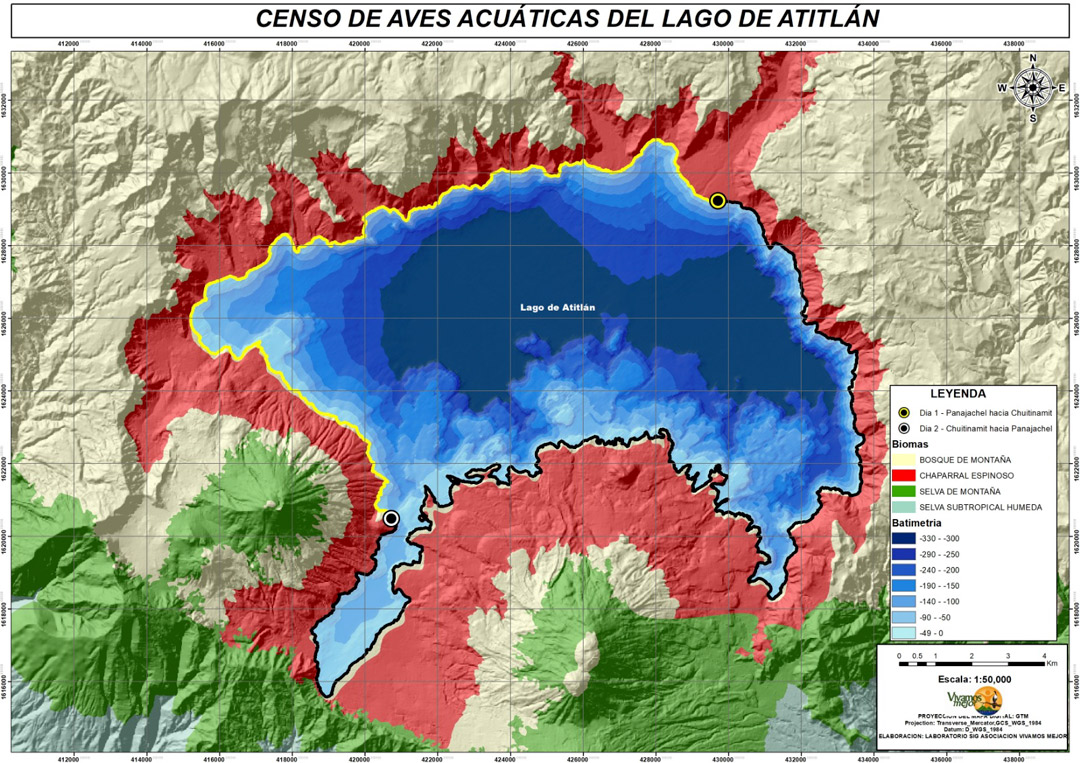
Map 1. Expedition route for February 12 and 13, 2024 (Map prepared by Vivamos Mejor Association, January 2024).
The results of the waterfowl census were conducted and processed by staff of the Vivamos Mejor Association. In total, 6,884 bird individuals were counted, from 25 identified species, and 7 different families. The most abundant species was Fulica Americana (American coot) with 5,799 individuals reported on both days, whereas the least abundant species was Pelecanus occidentalis (Brown pelican) with a record of a single individual (see Table 1). Other abundant species were Aythya affinis (Lesser scaup), Aythya collaris (Ring-necked duck), and Spatula discors (Blue-winged teal), as well as different species of herons and seagulls.
On the other hand, the FLAAR Mesoamerica team produced a large photographic archive which included records of the sighted species, and aerial shots of the different ecosystems found throughout the lake. These included beaches, riverbanks, marshes, and shallow waters densely occupied by submerged macrophytes, among other microhabitats.
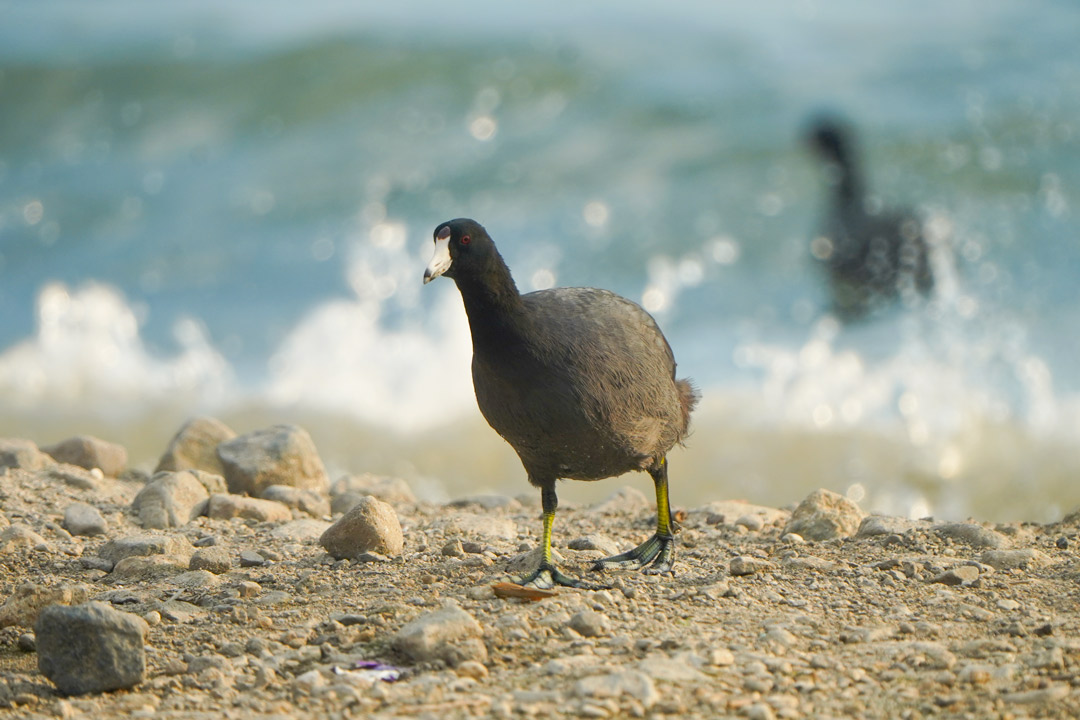
American coot (Fulica americana), in Panajachel.
Februrary 12, 2024; Lake Atitlán. Photo by Victor Mendoza.
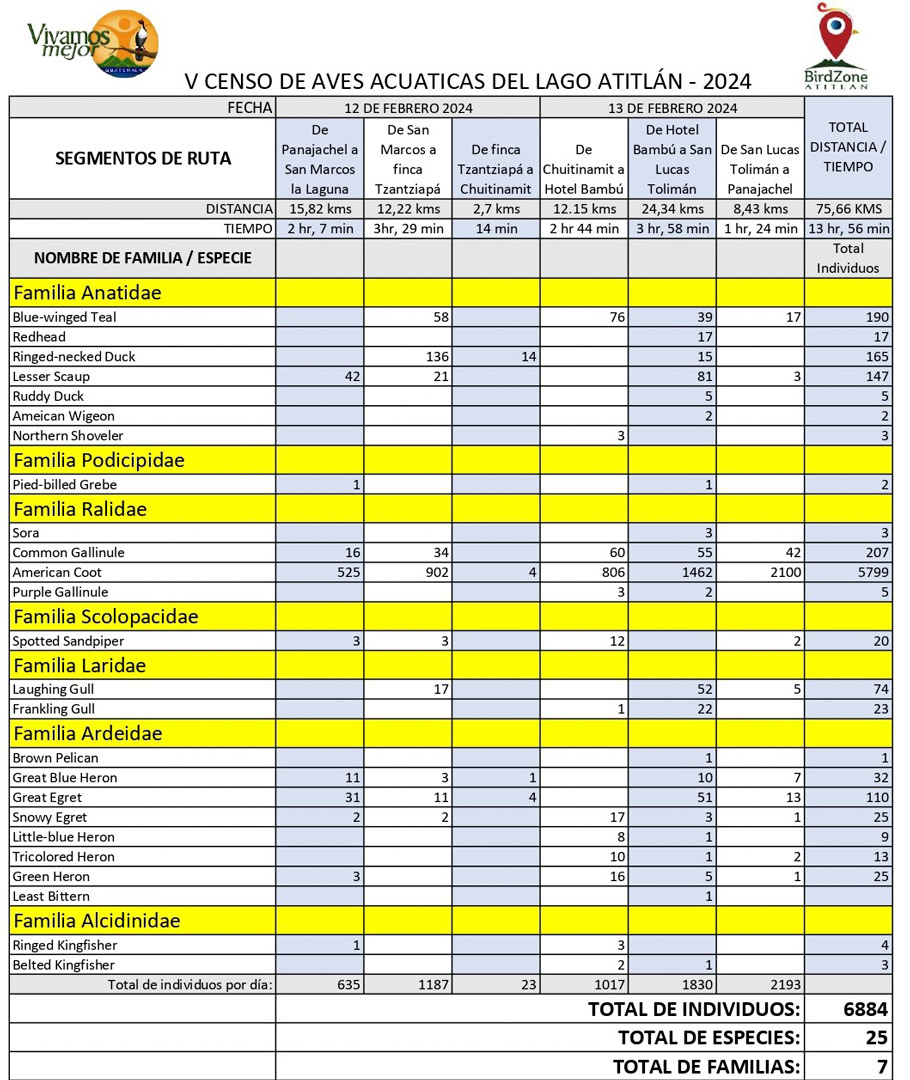
Table 1. Results of the aquatic bird census (Table prepared by Vivamos Mejor Association, February 2024).
The FLAAR Mesoamérica team extends their appreciation to the Vivamos Mejor Association for accepting this collaboration opportunity as well as for conducting the waterfowl census. In fact, FLAAR considers that carrying out censuses is crucial to create awareness in people in order to take care of natural resources and in this case, so that the migratory birds have a safe stay in their migration. In addition, FLAAR Mesoamérica remains open with great enthusiasm to new collaborations to carry out activities that revolve around environmental awareness.

FLAAR Mesoamérica’s expedition team and members of the Vivamos Mejor Association. February 13, 2024; Lake Atitlán. Photo by Marlón Calderon.
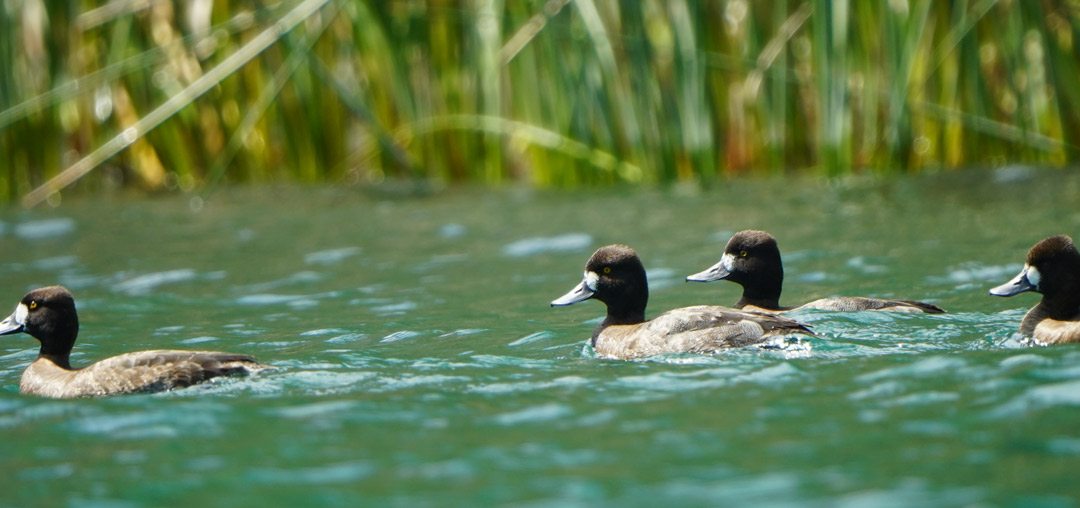
A Lesser scaup female (Aythya affinis), in San Pedro La Laguna. February 12, 2024; Lake Atitlán. Photo by Maria Alejandra Gutierrez.
Written by Eng. Victor Mendoza
Edited by Sergio D’angelo Jerez
Acknowledgements: We acknowledge Marlón Calderón and Carlos Aguilar (Vivamos Mejor Association) for their hospitality and for coordinating this project with FLAAR Mesoamérica.
FLAAR Mesoamerica expedition team: Photographer Alejandra Gutiérrez. Photographer and Drone Pilot Brandon Hidalgo, Photography and Research Assistant Sergio D’angelo Jerez and Research Director Victor Mendoza.
Credits front cover photo: a flock of Blue-winged teals (Spatula discors) at Santiago La Laguna. February 12, 2024; Lake Atitlán. Photo by Maria Alejandra Gutierrez.
References
- 2022
- ¡No interrumpas su paso, no las lastimes, déjalas descansar, están de paso!
- 2019
- AVES MIGRATORIAS EN ATITLÁN available in:
http://www.mayanbirds.com/espanol/blog/aves_migratorias_en_atitlan/
- 2021
- Migración de las aves: ¿En qué consiste esta gran maravilla de la naturaleza?
National Geographic.

